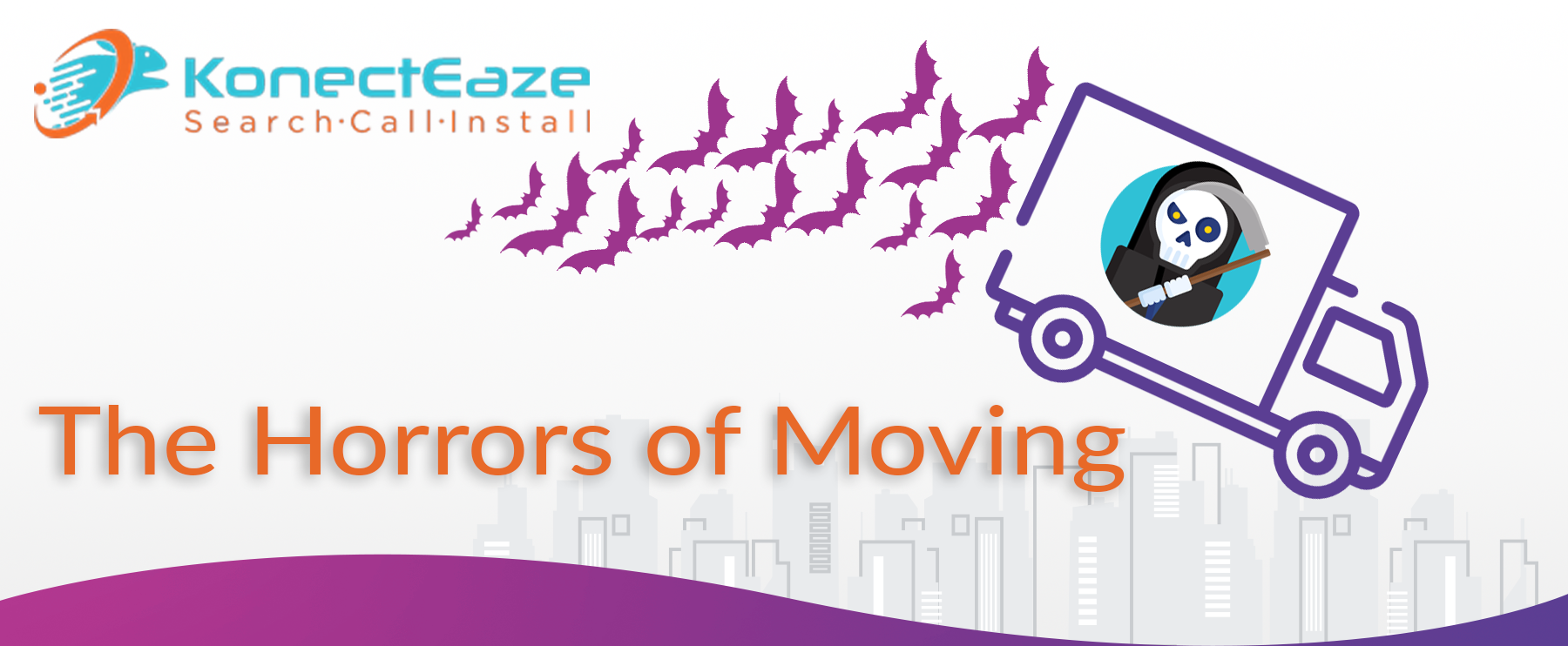Satellite Internet: Yay or Nay?
Those living and working in an isolated location have limited internet connection options; they can either opt for dial-up or go for satellite internet.

Satellite Internet: Yay or Nay?
Satellite internet is a viable option for those living in rural or remote areas where traditional broadband services are unavailable. However, it's essential to weigh the pros and cons before deciding if it's the right fit for your needs.
Benefits of Satellite Internet
Wide Coverage: Satellite internet can reach virtually any location, providing connectivity in areas where cable and DSL are not available. This makes it an excellent option for rural homes and businesses.
Easy Installation: Satellite internet installation is relatively straightforward. Once you have a clear view of the sky, a technician can install a satellite dish and connect you to the internet. This process is often quicker than installing traditional wired services.
Reliable in Remote Areas: For those in remote locations, satellite internet can be more reliable than other options, as it doesn't rely on ground-based infrastructure that may be lacking or in poor condition.
Drawbacks of Satellite Internet
High Latency: One of the most significant drawbacks of satellite internet is high latency. Since data must travel to space and back, there can be a noticeable delay in data transmission. This can affect activities like online gaming, video conferencing, and real-time applications.
Data Caps: Many satellite internet providers impose data caps, limiting the amount of data you can use each month. Exceeding these limits can result in additional charges or reduced speeds, which can be inconvenient for heavy internet users.
Weather Interference: Satellite signals can be affected by weather conditions such as heavy rain, snow, or storms. This can lead to temporary service interruptions, which can be frustrating if you rely on a stable connection.
Cost: Satellite internet can be more expensive than other types of internet services, both in terms of monthly fees and equipment costs. Additionally, high-speed plans with larger data allowances can be particularly costly.
Is Satellite Internet Right for You?
If you live in a rural or remote area where other forms of internet service are not available, satellite internet can be a lifeline. It's essential to consider your internet usage habits and requirements before making a decision. For general browsing, emailing, and streaming standard-definition videos, satellite internet can be sufficient. However, if you require low latency and high data usage, you might need to explore other options or weigh the pros and cons carefully.
Satellite Internet Providers
HughesNet
Plans and Pricing: HughesNet offers plans with speeds up to 25 Mbps and data allowances ranging from 10 GB to 50 GB per month. Prices start around $60 per month.
Features: All plans come with bonus data during off-peak hours (2 AM to 8 AM), and they offer built-in Wi-Fi.
Viasat
Plans and Pricing: Viasat provides a range of plans with speeds up to 100 Mbps and data allowances from 12 GB to 150 GB per month. Plans start around $50 per month.
Features: Viasat offers unlimited data plans with prioritization after the data threshold is reached and includes built-in Wi-Fi.
Starlink
Plans and Pricing: Starlink, a newer option from SpaceX, offers unlimited data with speeds ranging from 50 Mbps to 150 Mbps. The cost is approximately $99 per month.
Features: Starlink provides low latency and continuous improvements as more satellites are launched.
Conclusion
Satellite internet is a valuable option for those in areas with limited connectivity options. While it has its drawbacks, the benefits can outweigh the negatives for users needing reliable internet access in remote locations. As technology advances, satellite internet continues to improve, offering better speeds and more reliable service.




